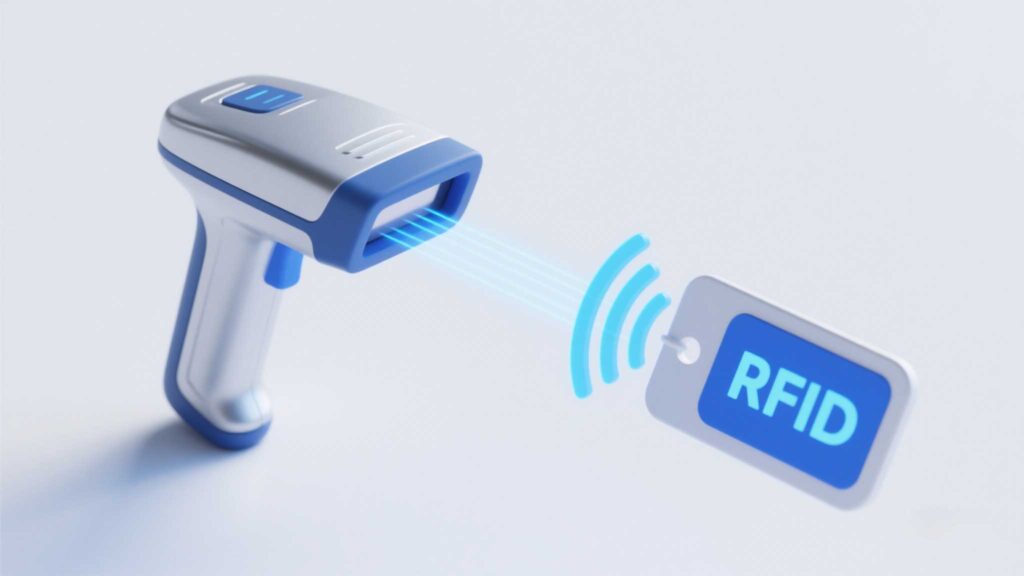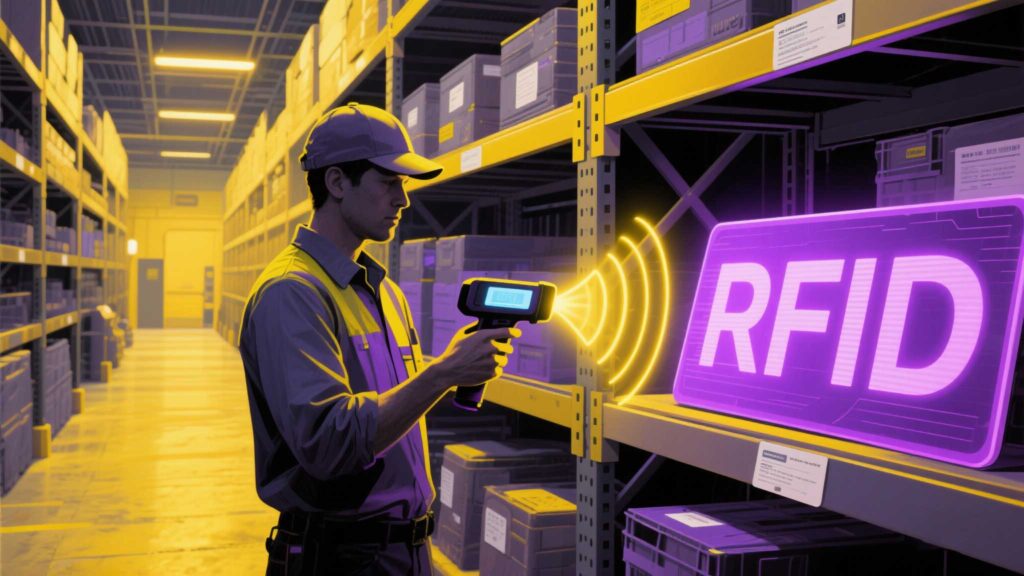What is the Use of an RFID Tag in a Car?
538Discover how RFID tags enhance automotive security, streamline maintenance, and improve user experiences. Explore Cykeo’s RFID solutions for modern vehicles.
MoreAll RFID Product
RFID scanners are the invisible conductors of modern supply chains, retail checkouts, and even hospital equipment tracking. But how do these devices turn radio waves into actionable data? Let’s peel back the layers of antennas, frequencies, and microchips to uncover the surprisingly elegant dance between scanner and tag.

An RFID system isn’t a single gadget—it’s a trio working in unison:
Key Fact: The scanner and antenna are often combined into one unit, but large-scale setups (e.g., warehouses) separate them for optimal coverage.
Step 1: Energy Transmission
The scanner’s antenna emits radio frequency (RF) waves—a call to any tags in range.
Step 2: Tag Activation
Step 3: Data Exchange
Tags modulate the RF signal (a technique called backscatter) to send back their unique ID and any stored data (e.g., expiration dates, location history).
Step 4: Signal Decoding
The scanner deciphers the modulated signal, filters out noise, and forwards clean data to connected software.
Step 5: Action
The system updates inventories, triggers alarms, or logs asset movements in real time.
Example: Cykeo’s retail scanners read 300+ tags per second, instantly updating stock levels as carts pass checkout lanes.
| Aspect | Passive RFID | Active RFID |
|---|---|---|
| Power Source | Scanner’s RF waves | Onboard battery |
| Range | Up to 12m (UHF) | 100m+ |
| Cost | 0.10–2 per tag | 20–100 per tag |
| Best For | High-volume tagging (retail) | High-value assets (construction gear) |

Cykeo’s Innovation: Their hybrid scanners support multiple frequencies, enabling retailers to manage in-store items (HF) and backstock (UHF) with one device.
Takeaway: RFID scanners are more than just “beep machines”—they’re sophisticated translators converting radio waves into business intelligence. By understanding their inner workings, industries can push automation further, turning everyday objects into data-rich assets.
Discover how RFID tags enhance automotive security, streamline maintenance, and improve user experiences. Explore Cykeo’s RFID solutions for modern vehicles.
MoreLearn proven strategies to optimize RFID antenna design for improved read range and accuracy. Discover key factors like polarization, gain, and placement for industrial and logistics applications.
MoreLearn how to seamlessly connect handheld RFID scanners to your inventory system for real-time tracking, reduced errors, and improved efficiency.
MoreVehicle RFID tags are transforming modern transportation with fast, accurate identification and tracking. Discover how this technology improves traffic flow, toll collection, and logistics management.
More